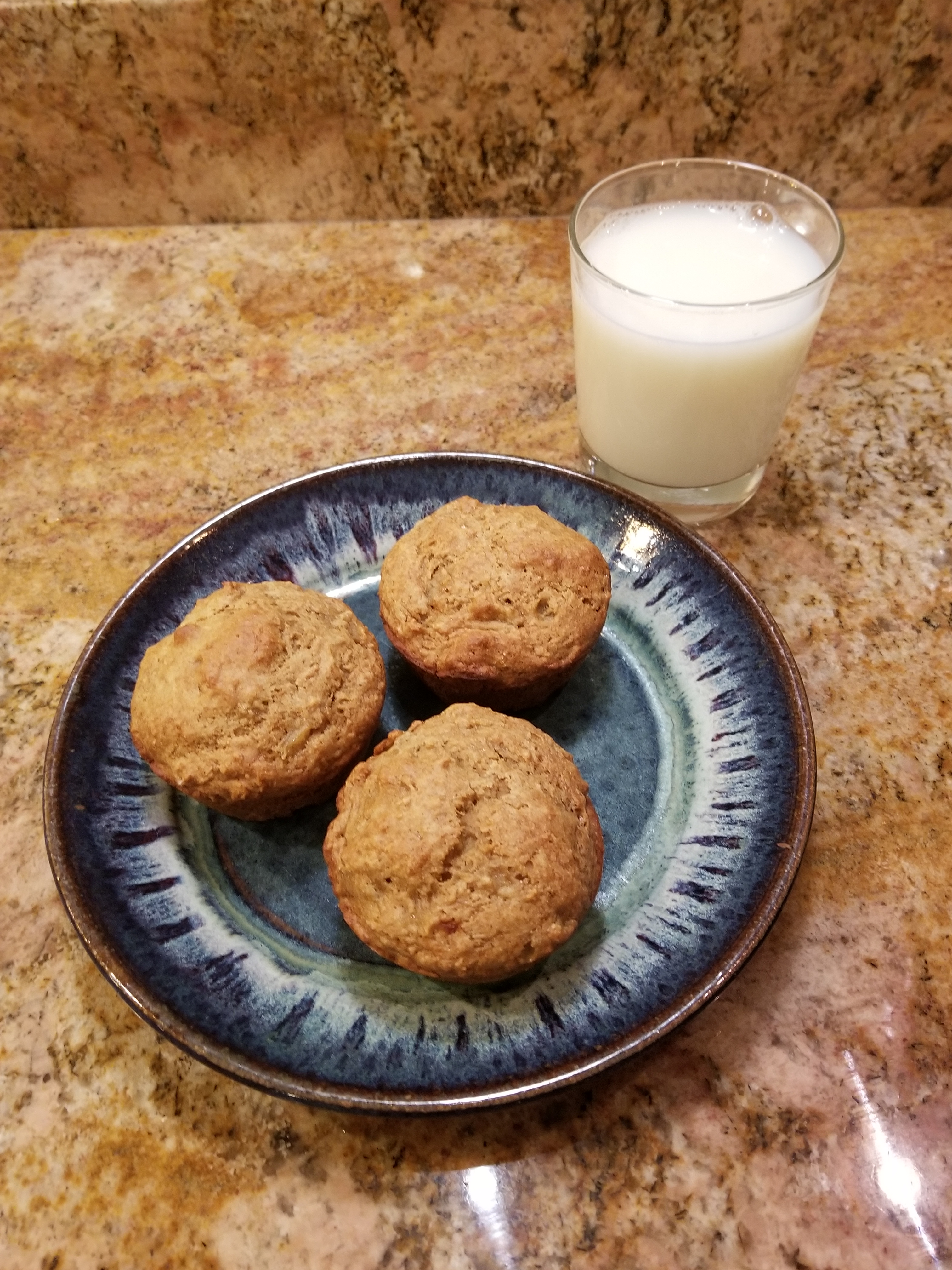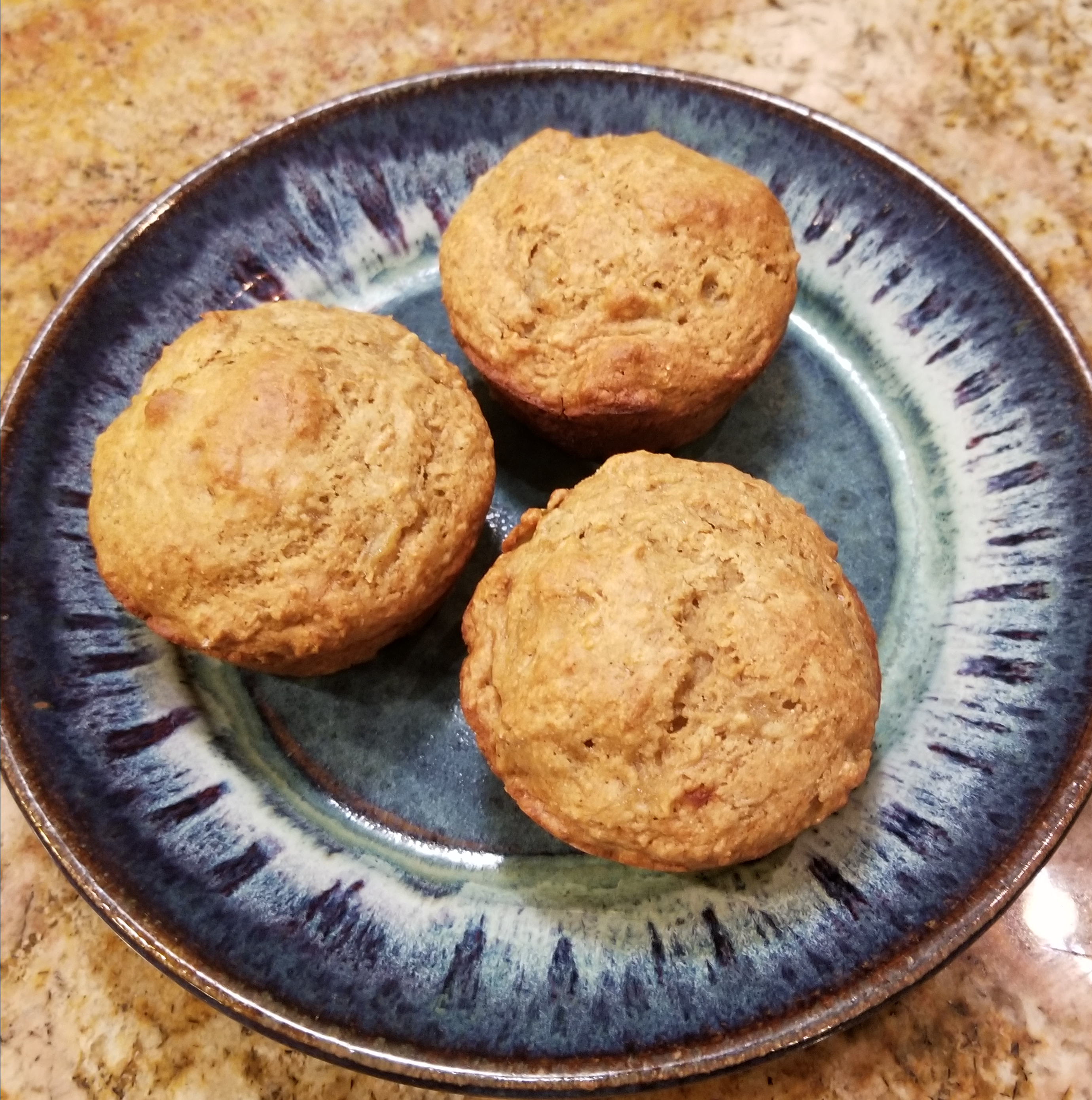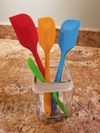The story of Garden of Eden seems endlessly fascinating, for people of many faiths as well as those of no particular faith at all. Some critics read it as an allegory of the agricultural revolution, where Adam and Eve are given dominion over the animals and instructed to till the Garden. At the heart of the story, of course, is the apple: that forbidden fruit that leads to the couple's expulsion into the cold world.

Literature is full of apples. An apple poisoned Snow White. The Apple of Discord started the Trojan war. In Greek mythology, Hippomenes used golden apples to trick Atalanta into marrying him. Apples, it seems, are irresistible. And dangerous.
From an evolutionary point of view all fruit is irresistible: it's a bribe that entices an animal to carry the seed away and drop it elsewhere so that another plant can grow. The apple may not fall far from the tree, but if it's picked up by a bear or a human, it effectively grows legs and walks away.
Modern DNA analysis shows that apples originated in the region of Kazakhstan. During the last ice age, they were a favorite food of the megafauna (giant deer, horses, and bears) that roamed Europe. Apples have been cultivated by humans for about ten thousand years. The movement of apples along the Silk Road is thought to have led to natural hybridization of different varieties, as well as the spread of apples through ancient civilizations.

European settlers brought apples to the Americas, and Johnny Appleseed (aka John Chapman) famously planted apple orchards to spread apple cultivation throughout the states. It's hard for us to believe today, but most of those apples were originally grown to produce not apple pies, but apple cider. In a time when drinking water was often impure, cider was the common beverage of choice. I suppose it took a lot of apples keep the cider presses running.
Today, apple cider has shrunk to a niche market, but everyone seems to be eating apples. And my own reading of the Garden of Eden story is that Eve was the original food critic: the first person to say "Hey, this is pretty good. Have a taste." Thanks to Eve and Johnny Appleseed, there's an apple for every occasion.

To honor them both, here is a recipe both humble and delicious: applesauce muffins. Warm from the oven, these muffins are perfect with nothing more than a smear of butter. I tried other recipes that produced a heavy, pudding-like breadstuff but these muffins are surprisingly light and tender, with a nice crusty top.
Notes
This recipe makes gluten-free muffins. If you do not want gluten-free muffins, you can substitute another flour (all-purpose, bread flour, or whole wheat pastry flour all work well), and omit the xanthan gum. I thought the whole wheat pastry flour muffins were especially good.
I haven't tried it yet, but I'm pretty sure 1/2 cup of chopped pecans would be excellent in these muffins. Or, for that matter, walnuts.
If you are buying applesauce for these muffins, consider buying the little tubs that are intended for children's snacks. One 4 oz tub is just the right size for a batch of muffins.
I think these muffins are sweet, but not cloying. For a less-sweet muffin, you can reduce the honey to 2 T, and omit the brown sugar. This is closer to the original recipe; I found them a bit austere, but surprisingly good with a slice of sharp cheese.
Inspiration
My cookbook collection didn't yield many applesauce muffins. There were lots of apple muffins, but they mostly required chopped or grated apple, which sounded like a lot of trouble, and maybe not the texture I was looking for. One or two recipes that I tried were really really heavy. I had imagined moist, but these were more like gummy. I believe Mary Berry would have called them "claggy".
My next effort was to look online. There is many an applesauce muffin to be had on the internet, but they called for so much fat and sugar they sounded more like cake, and I couldn't bring myself to try them.

After looking high and low, I finally looked in a cookbook I don't use much: Jane Brody's Good Food Book. And there it was: just the muffin I was looking for. In various trials, I fiddled with the flour mixture and worked on the right balance of liquids for a half-size recipe. I also made them a little sweeter than the original. Nevertheless, they are recognizably similar to Jane's original recipe. Good food, indeed.

Comments powered by Talkyard.